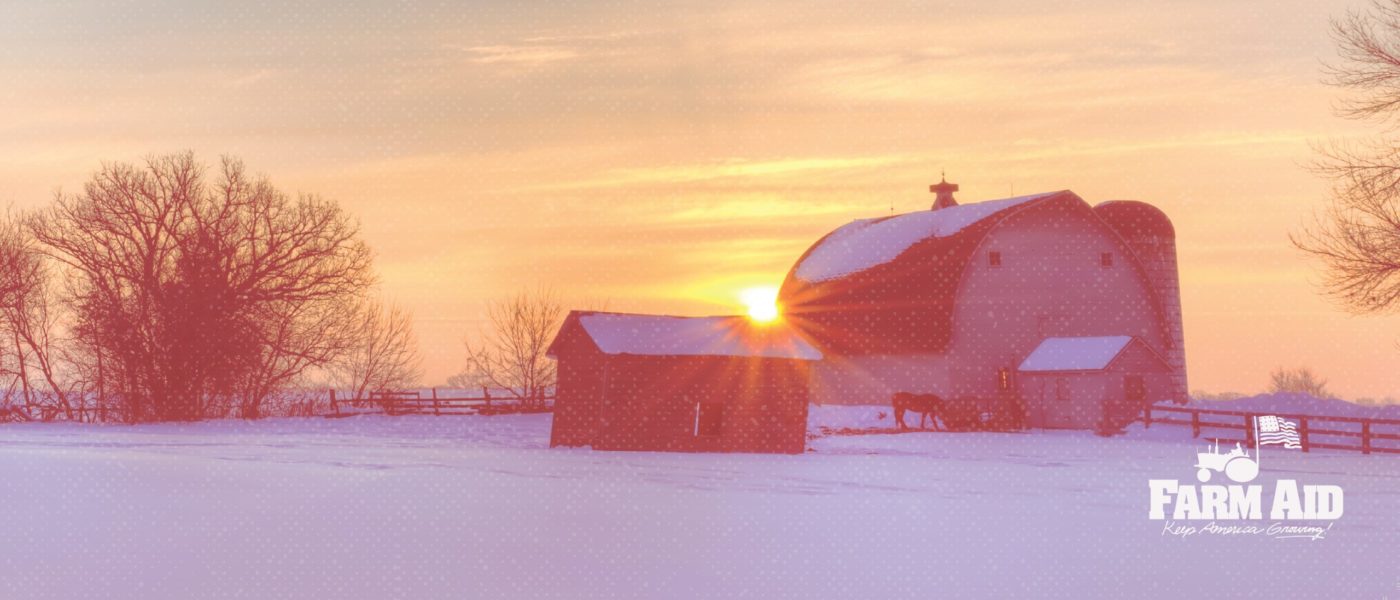 Agriculture seems to be shifting as farmers, ranchers and agricultural managers are expected to see a 2.3 percent decline in jobs by 2020, the steepest decline in any employment sector. Economists predict the estimated 96,000 jobs that will disappear is due, in part, to new technology that eliminates the need for farm labor. The report, however, includes some good news, for instance, farmer debt is nearly at its lowest in 60 years. In the state of Iowa, approximately 74 percent of farmland owners are debt free in comparison to the 62 percent that were debt free in 1982. Further, from 1956 to 1986 there was a 50 percent decrease in the number of U.S. farms as opposed to the nation’s mere 3.1 percent drop since 1988. Relatively more stable is the amount of farmland either rented or run by someone other than the owner, which is estimated to be approximately 40 percent of all farmland. That figure is approximately 50 percent in the Midwest Corn Belt states. What is changing, however, is the amount of land that a farm manager can oversee. Technological developments in both farm equipment and data storage have given rise to the notion of managers tending a greater amount of land with fewer laborers.
Agriculture seems to be shifting as farmers, ranchers and agricultural managers are expected to see a 2.3 percent decline in jobs by 2020, the steepest decline in any employment sector. Economists predict the estimated 96,000 jobs that will disappear is due, in part, to new technology that eliminates the need for farm labor. The report, however, includes some good news, for instance, farmer debt is nearly at its lowest in 60 years. In the state of Iowa, approximately 74 percent of farmland owners are debt free in comparison to the 62 percent that were debt free in 1982. Further, from 1956 to 1986 there was a 50 percent decrease in the number of U.S. farms as opposed to the nation’s mere 3.1 percent drop since 1988. Relatively more stable is the amount of farmland either rented or run by someone other than the owner, which is estimated to be approximately 40 percent of all farmland. That figure is approximately 50 percent in the Midwest Corn Belt states. What is changing, however, is the amount of land that a farm manager can oversee. Technological developments in both farm equipment and data storage have given rise to the notion of managers tending a greater amount of land with fewer laborers.
The US Department of Agriculture released an annual report showing the U.S. lost 11,630 farms in 2012. The National Agriculture Statistics Service also estimated the total amount of farmland in the nation to be 914 million acres, 3 million less than in 2012. The report shows that while small farms are struggling, large scale agriculture remains strong. The number of U.S. farms with an annual income over $500,000 increased by 8.6 percent last year contrasting the 2.5 percent decrease in farms with an annual income less than $10,000. Largely as a result of the drought last year, production of cattle, hogs and sheep all fell.
News about GMOs continues to dominant farm and food media. In this week’s new, an Indiana farmer faced Monsanto on Tuesday in a Supreme Court case regarding seed patenting; the USDA recently announced that the public comment period concerning approval of genetically engineered salmon will be extended for an additional 60 days; and the USDA funded researchers at the University of Wisconsin to study the yield of various GMO seeds in comparison to that of conventional. The result? Many GMO seeds, including the Roundup Ready seed in the center of the Supreme Court case, were found to produce less than non-GMO strains.
An article in the New York Times explained that the Supreme Court appears to be largely in favor of Monsanto, as arguments heard on Tuesday seemed to support seed patenting. Bowman v. Monsanto Company addresses patenting of life as Indiana farmer Vernon Hugh Bowman was sued for using Monsanto’s patented Roundup Ready seeds without permission. The lawyer for Monsanto, Seth Waxman, was permitted to speak for long stretches of time without any interruption. The Roundup Ready seeds are used by 90 percent of soybean farmers in the U.S., primarily because the seeds are resistant to the popular herbicide Roundup. A customer typically signs a contract with Monsanto upon buying seeds agreeing not to save any seeds from the harvested crop. In doing so, farmers must buy new seeds every year. Bowman instead purchased feed seed from the local grain elevator, which happened to contain Monsanto’s patented gene. Bowman argued that the patent exhaustion doctrine protected his practice of planting and saving the seeds, but Monsanto has already sued Bowman in lower courts for over $80,000 for patent infringement. Mark P. Walters, Bowman’s lawyer, received hostile questions from the Supreme Court justices on Tuesday. Chief Justice John G. Roberts Jr. argued that if seed patenting were not enforced, there would be no incentive for any company to improve products. Justice Sonia Sotomayor said the patent exhaustion doctrine allowed Bowman to use the seed, but not to replicate it.
The crisis in the dairy sector rages on as the last dairy farm in Saco, Maine, announced plans to trade in their cows for vegetables. Tim Leary, operator of the farm, expressed concern that the profit margin in dairy farming is not going to improve in the near future. Leary said it is impossible for a dairy farmer to make a profit unless a spouse works off of the farm. Tim Leary inherited the farm from his dad, Jim, who has worked on the dairy farm for 70 years. Jim Leary said he is sad to see the cows leave, but is happy the land will not be sold to development. Tim’s daughter, Allison, has a degree in dairy herd management and sees hope for the future of dairying. She plans to produce specialty products with her fiancé through Alpine Rose Creamery.
Drought continues to threaten farming as some farmers prepare to plant spring crops with arid weather conditions and a low grain supply from 2012. The Senate Agriculture Committee was recently told that 56 percent of the U.S. is still battling drought, which is double the usual amount. As a result of weather extremities, the U.S. corn stockpile is expected to be its lowest in 17 years. Though 59 percent of wheat grown in the winter suffered from drought, circumstances in the eastern Corn Belt states are improving, some of which are no longer experiencing drought. In the next three months, the Department of Agriculture predicts that the Southwest as well as the central and southern Plains, will continue to struggle with drought. The drought is of great concern to livestock producers, who depend on corn and soy for feed. Last year marked the worst drought on record that the Midwest has ever encountered, with nationwide crop insurance responses expected to hit about $17 billion when all is settled.
In recent years, the western Corn Belt states have been converting large amounts of grassland to corn and soy production due to high crop prices and crop insurance subsidies. Research from South Dakota State University shows that from 2006 to 2011 approximately 1.3 million acres of grassland in the Midwest was switched to corn and soy. The report showed that such rapid land-use transfer is only comparable to that of the 1920s and 1930s when technological advances provided a new method to convert land to farming with ease. The conversion of land to corn and soy practices make the land vulnerable to drought and erosion. Right now, almost half of all U.S. farmland is used to grow corn and soy.


